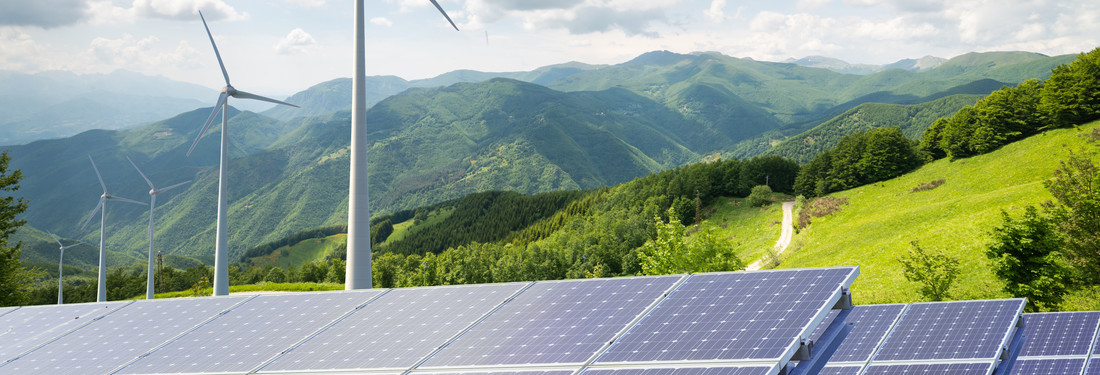Five ways festivals are working to be more sustainable

In 2016, Shambala became the UK’s first annual greenfield music festival to go meat- and fish-free as part of a broader drive towards sustainability. It’s a worthy aim: when you’re building a temporary town in a rural environment, drawing thousands of revellers to eat, drink, defecate and dance at diesel-powered stages for the best part of a week, you need to have full awareness of your impact.
Indeed, in the wake of the UN Sustainable Development Goals, as well as plastics campaigns, the ‘Greta effect’ and incessant reports on the scale and urgency of the climate crisis, the festival industry is now embracing sustainable stages, compatible toilets, public transport and accountable food traders.
Festivals are unpredictable, fast-paced events with thousands of moving parts. So, here are five ways to make a festival more sustainable that can be adapted by project professionals in any field.
Just start
Festivals are complex projects, and while you won’t have all the answers from the off, it’s important to take action and to do so early, as changing production habits is a major challenge.
“We will raise more questions, and probably make mistakes, but that is not a reason not to do something,” said Chiara Badiali, knowledge and sector intelligence lead at sustainable events consultancy Julie’s Bicycle, in a recent interview about sustainable festivals with Music Ally TV.
Do your research
It’s important to know all the issues that require consideration before embarking on the journey to find the answers.
“The classic mistake is to not know what you don’t know, and make decisions that turn out to be wrong,” says Meegan Jones, author of Sustainable Event Management: A Practical Guide. “You have to take a moment, focus, understand and absorb the details. Sorting it in advance may take a bit more time and cost a bit more than you’re used to, but that’s the investment we all need to make to sustain our planet and our enjoyment of it. There aren't short cuts on this one.”
Understand your impacts
ISO 20121 offers guidance and best practice to help control an event’s environmental impact – in everything from plastic cups and compatible toilets to the use of public transport. It addresses all stages of an event’s supply chain, and includes monitoring and measuring guidelines, KPIs, purchasing choices, circularity and climate impact. Julie’s Bicycle, meanwhile, offers its own free resources for water and waste management, as well as a carbon calculator.
Embed it
You can’t just leave sustainability with someone who has to find free time for it between their other responsibilities. A sustainability ethos should be embedded in every aspect of the project management approach, from food suppliers to waste management, from day one.
“Is sustainability performance captured on your benefits realisation?” asks Russ Spollin, who was sustainability manager at Redfest, a community festival in Bristol, for five years before Covid struck. “Do you have sustainability risks? And are you evaluating potential suppliers based on their sustainability performance? You can have a matrix where you can score different partners, as you would do with a commercial term procurement process, and score particular trades on a scale regarding key aspects of sustainability.
“That means asking food traders how they’re travelling to the site, what kind of power provision they need, what accreditations they have, and whether they understand their food miles from farm to fork.”
Get all stakeholders on board
Sustainability should extend beyond suppliers’ contracts. You should be communicating your objectives to revellers and team members too, getting the message across to the stage manager whose key role is ensuring a good time at the main stage, as much as punters considering how to get there in the first place.
Jones says the key to enabling this behaviour change lies in “effective, consistent stakeholder engagement”, whether that’s “inspiration, education, induction or mandates”. She adds: “The success will be in your planning and how you engage all the people involved in planning, purchasing or participating in your event to support your programme's implementation.”
Show the way
Tracking your sustainability performance and running an immediate project review helps you understand how well you did – and share how you did it with other events companies and punters alike.
“The Committee on Climate Change estimates that around two-thirds of the emissions reductions we have to achieve in the UK are going to require some kind of change in how people live,” said Badiali. “There’s a huge opportunity here to role-model these shifts in our own spaces – influencing and nudging people.”
Read Dave’s longer feature on festivals and events management in the spring 2022 edition of Project journal, an exclusive benefit for APM members.


1 comments
Log in to post a comment, or create an account if you don't have one already.
I love going to festivals. I'm going to five this year. It's really good that increasingly they are considering and minimising their impact on the environment.